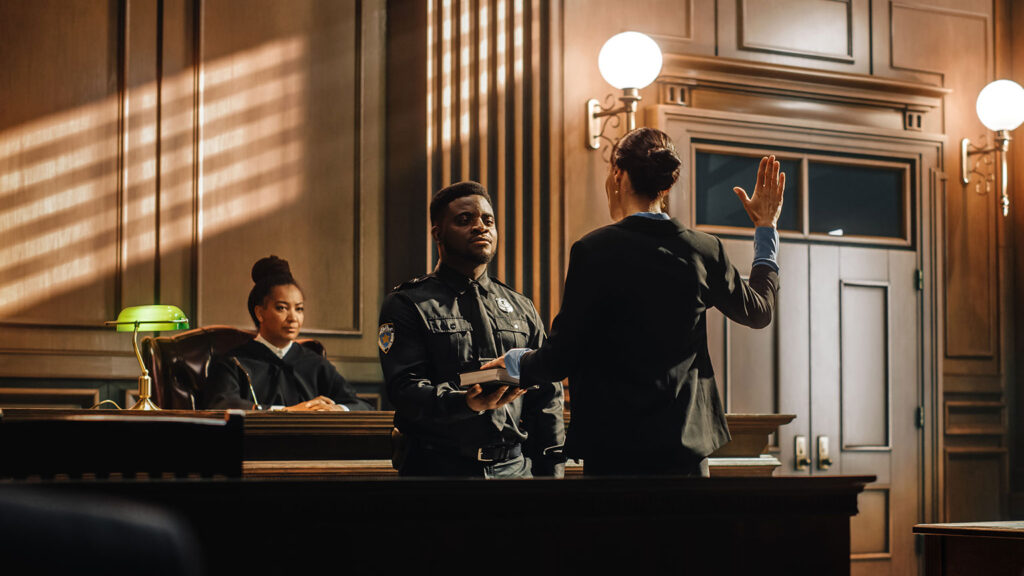

In the realm of legal proceedings, the Daubert Standard plays a crucial role in determining the admissibility of expert witness testimony (1). Established in the 1993 U.S. Supreme Court case Daubert v. Merrell Dow Pharmaceuticals Inc., this standard transformed the landscape of expert testimony (1).
The Daubert Standard provides a systematic framework for a trial court judge to assess the reliability and relevance of expert witness testimony before it is presented to a jury (1). The judge acts as a “gatekeeper” of scientific evidence, scrutinizing not only the expert’s methodology but also the underlying scientific principles (1).
Under the Daubert Standard, the trial court considers the following factors to determine whether the expert’s methodology is valid (1):
The Daubert Challenge
A Daubert Challenge is a pretrial motion raised by the opposing party to exclude or limit an expert’s testimony on the grounds that it lacks sufficient scientific validity or methodology (2). This challenge provides a practice run at presenting and challenging evidence, particularly when communicating complex scientific principles (2).
To survive a Daubert Challenge, practitioners should consider the following practices (3):
First-hand Feedback
We asked an Intellex legal consultant, Maja (#738959), to opine on the Daubert Standard and shed light on why it’s so essential in the courtroom. As an expert in criminal law, personal injury, civil litigation, and administrative law, she shares her thoughts on the topic:
“Navigating expert witness challenges can be daunting. The court has made it clear that whether it is scientific or non-scientific testimony, the Daubert Standard will be controlling. You need only look at what occurred in Kumho Tire Co v. Carmichael 526 US 137 (1999) to see that even in the case of expert testimony involving skill or experience-based expertise, the court should still use the Daubert Standard to determine whether the testimony will be not only relevant but reliable as required by Fed. R. Evid. 702.
It is important to understand that the Daubert Standard allows for flexibility as other factors may be considered, which was acknowledged in Kumho, which clarified and affirmed Daubert. Therefore, if your expert is part of the non-scientific community, you should be prepared to go into detail about the experience and skill they have gained as well as where they have gained this experience. Be prepared to discuss other factors that will be relevant to their skill set and what makes them an expert in their area of expertise.”
Maja is an accomplished attorney with 16+ years of conducting case management and discovery of complex personal injury and negligence claims, administering depositions, and negotiating settlements. She is currently a general practitioner with her firm; you can review her full bio here.
Conclusion
Understanding the Daubert Standard and how to navigate a Daubert Challenge is essential for new expert witnesses. By familiarizing yourself with these concepts, you can ensure your testimony is both admissible and impactful in court proceedings.
If you’re interested in learning more about the Daubert Standard, want to speak with an expert on legal matters, or if you’d like to be featured in our next newsletter, please reach out to experts@intellex.com.